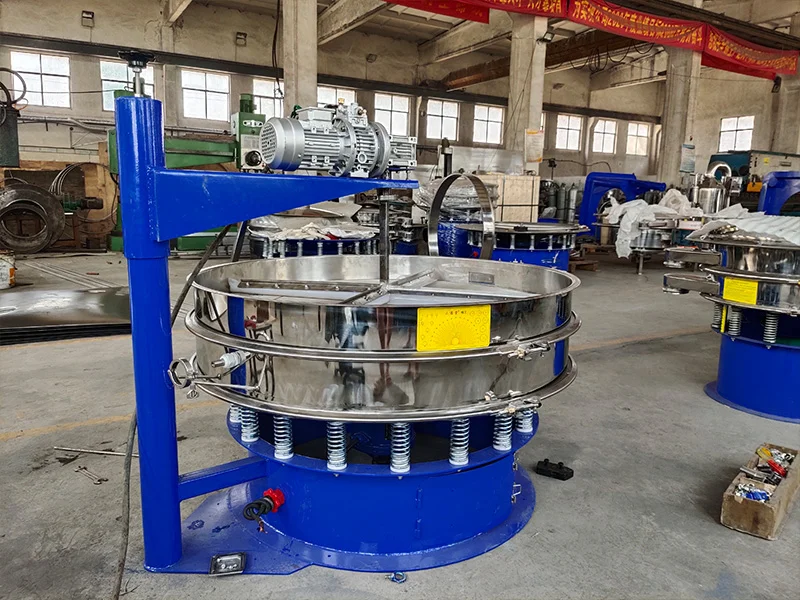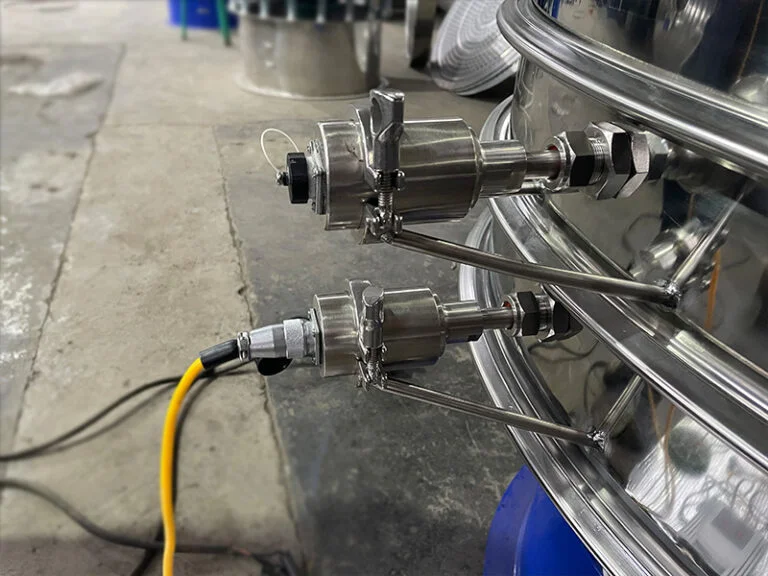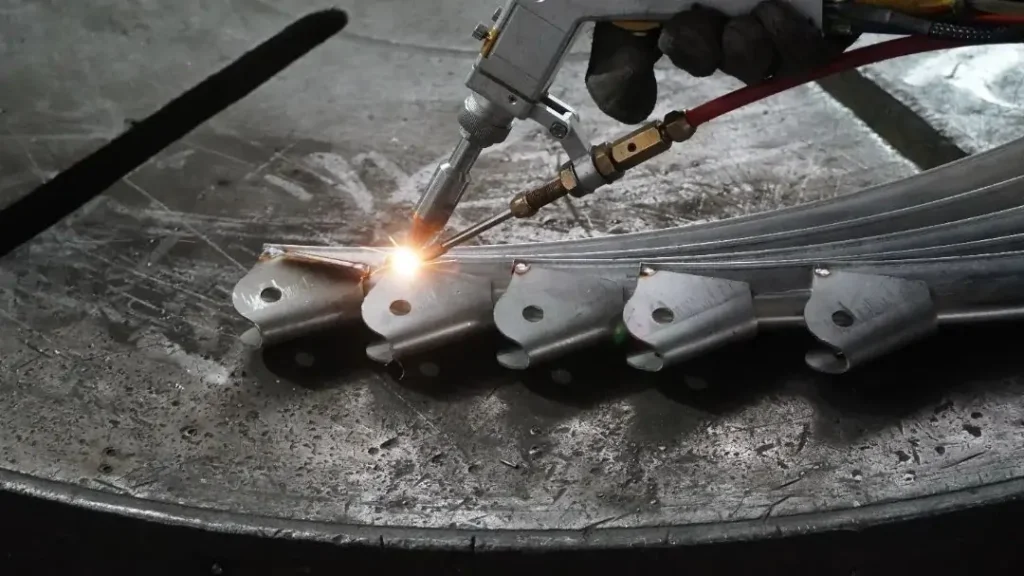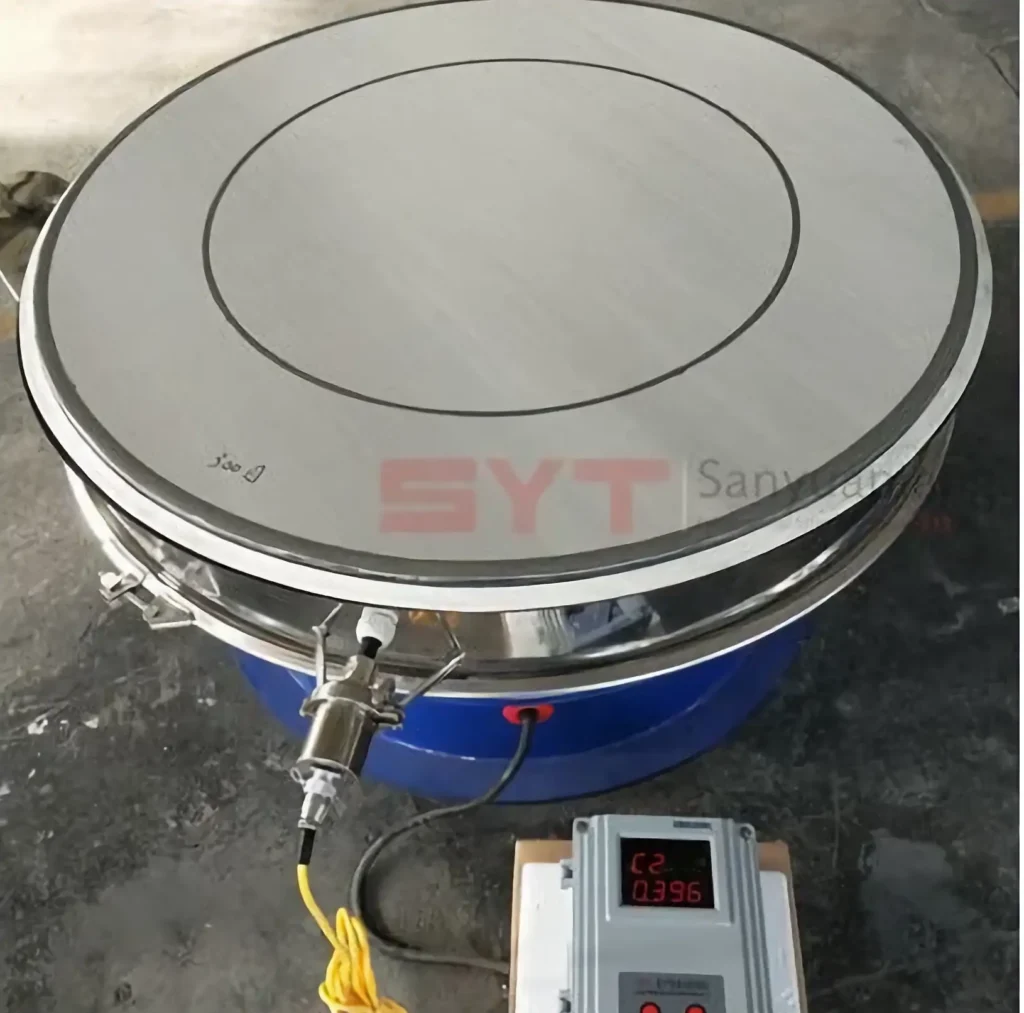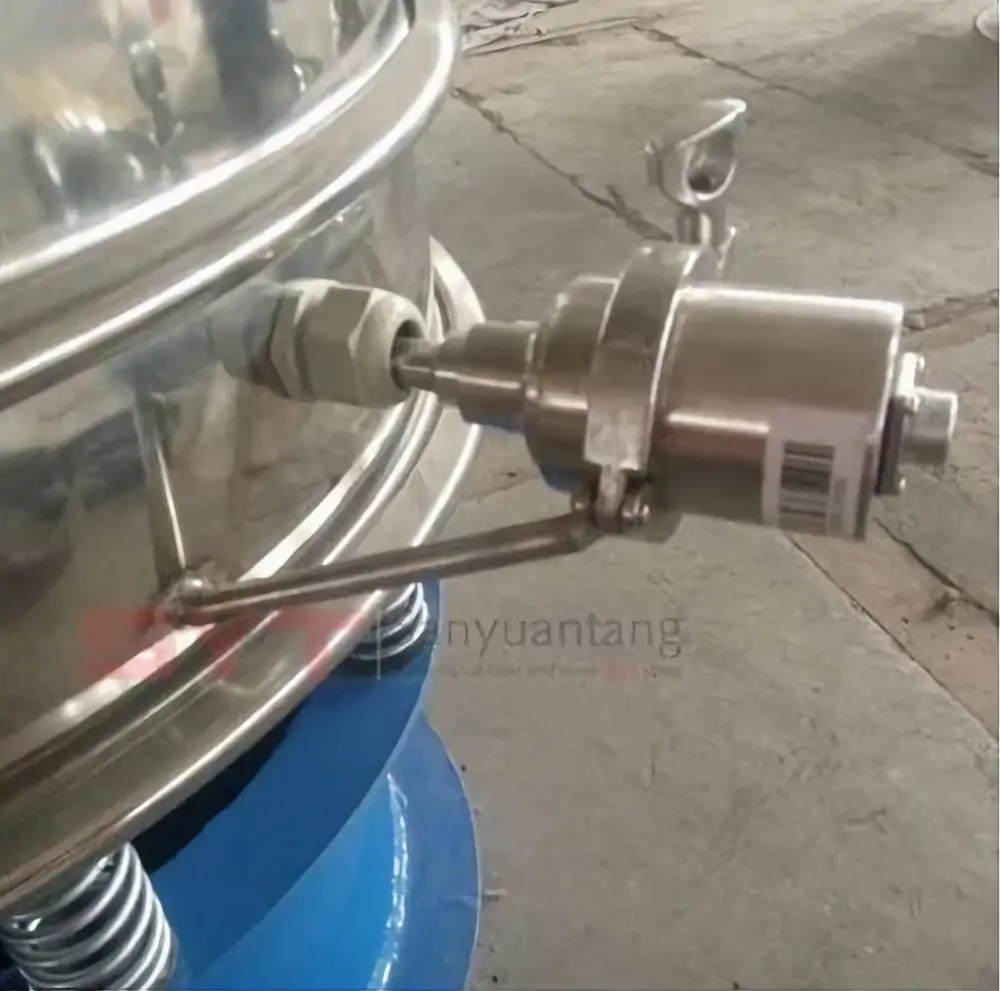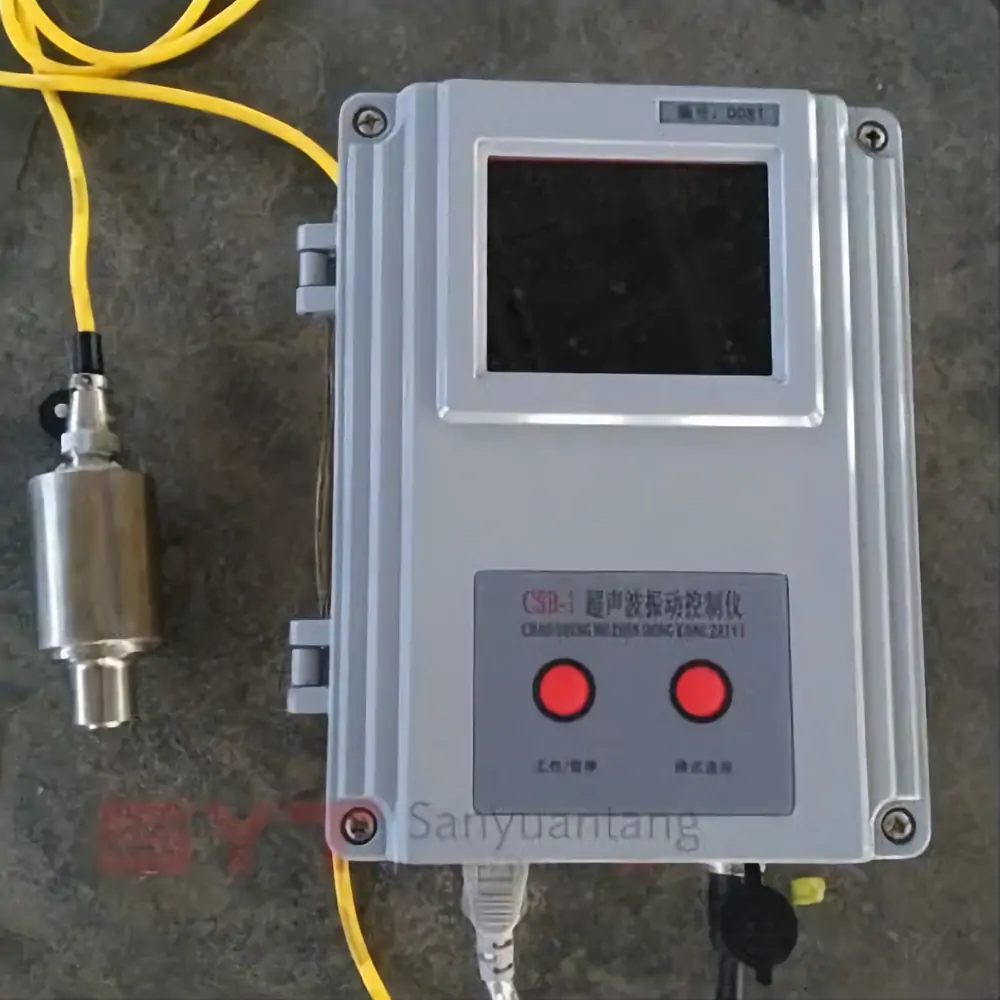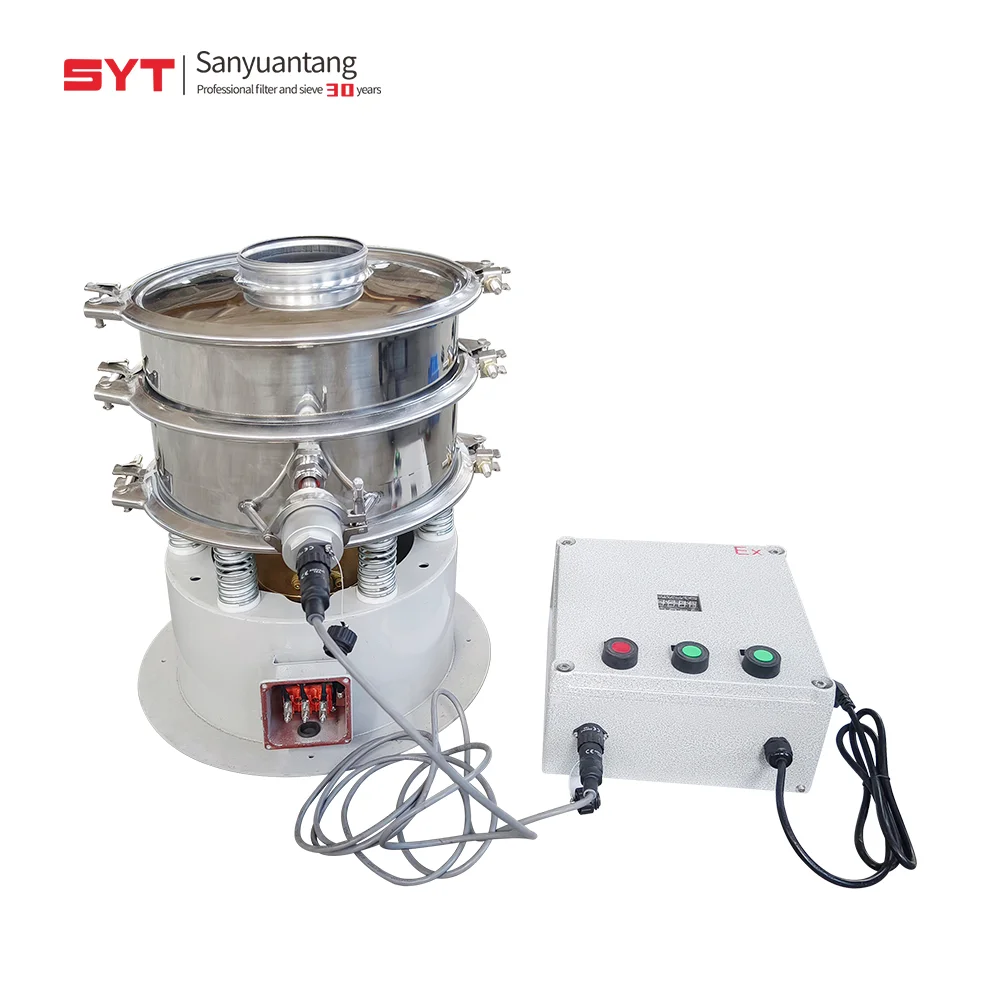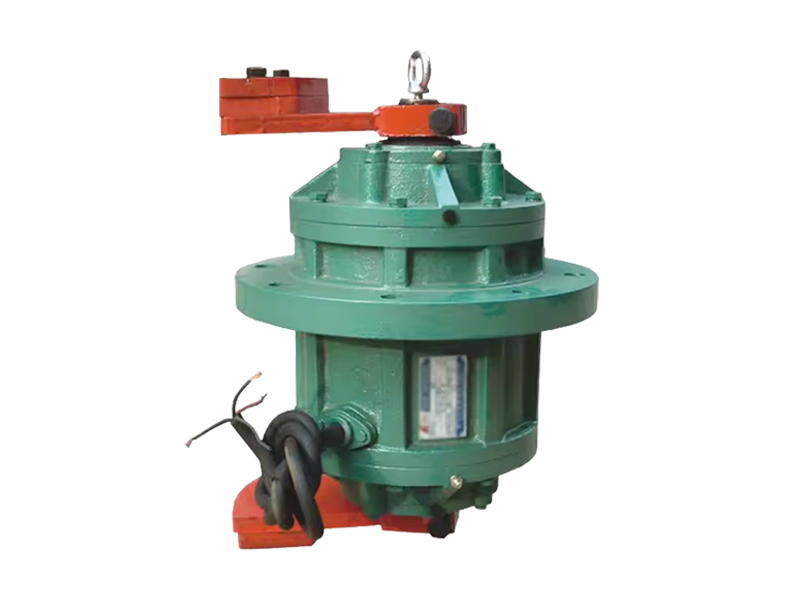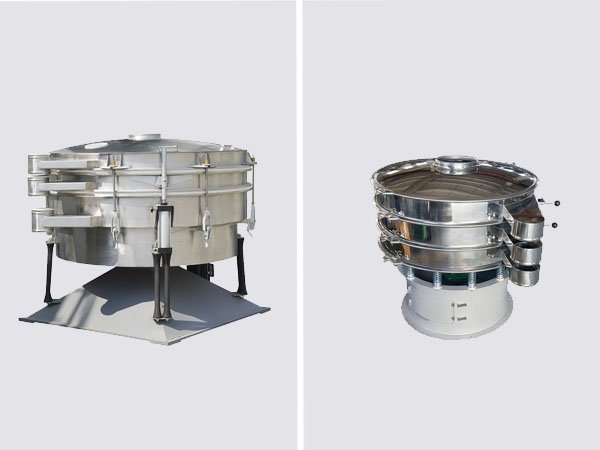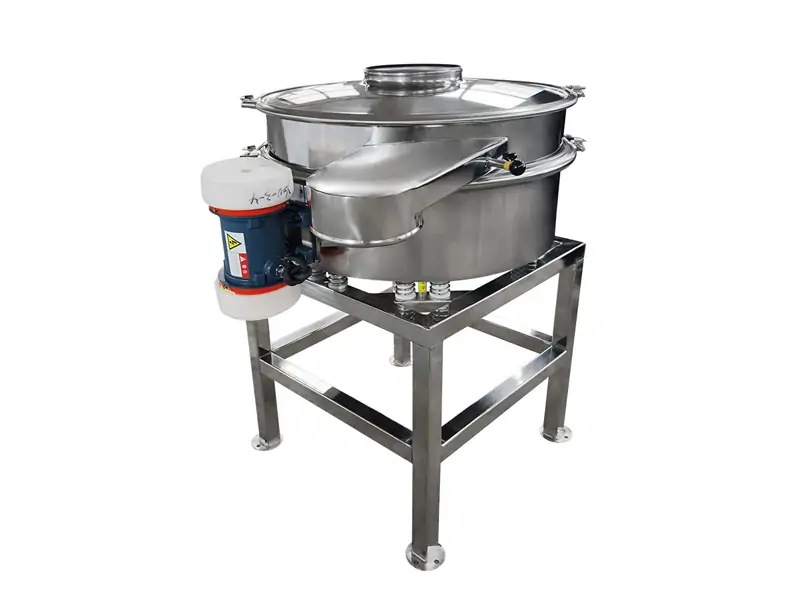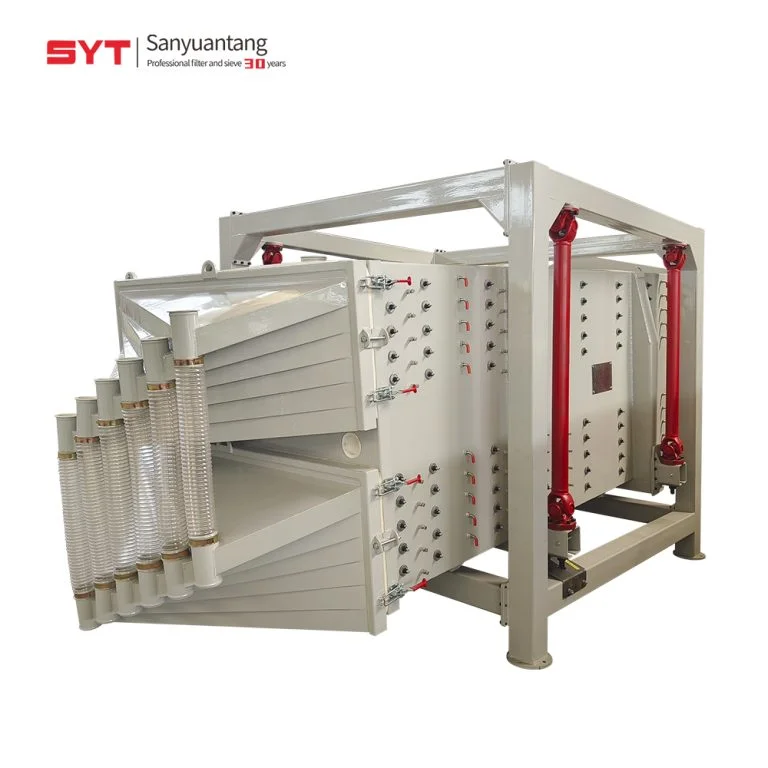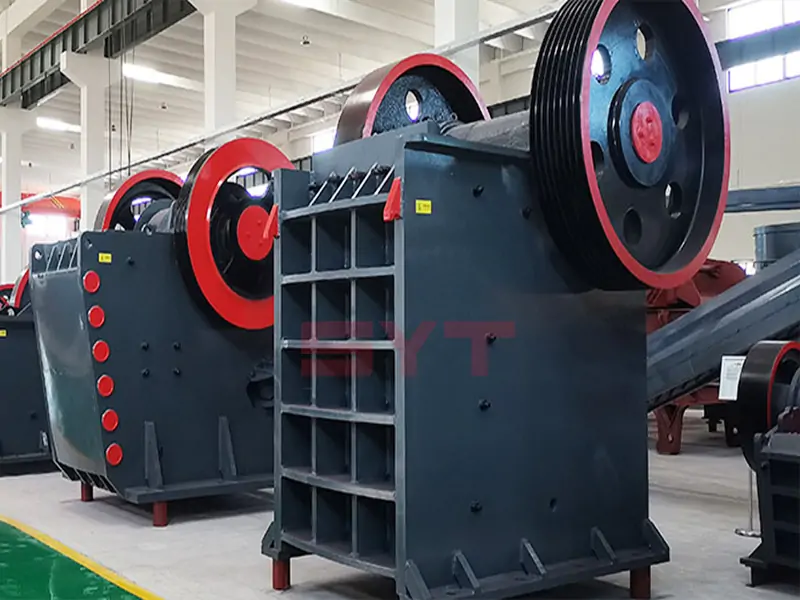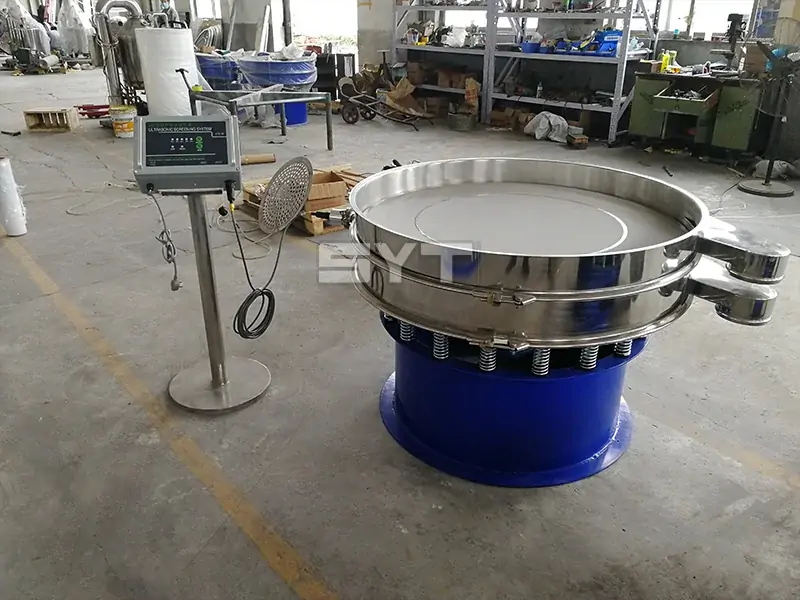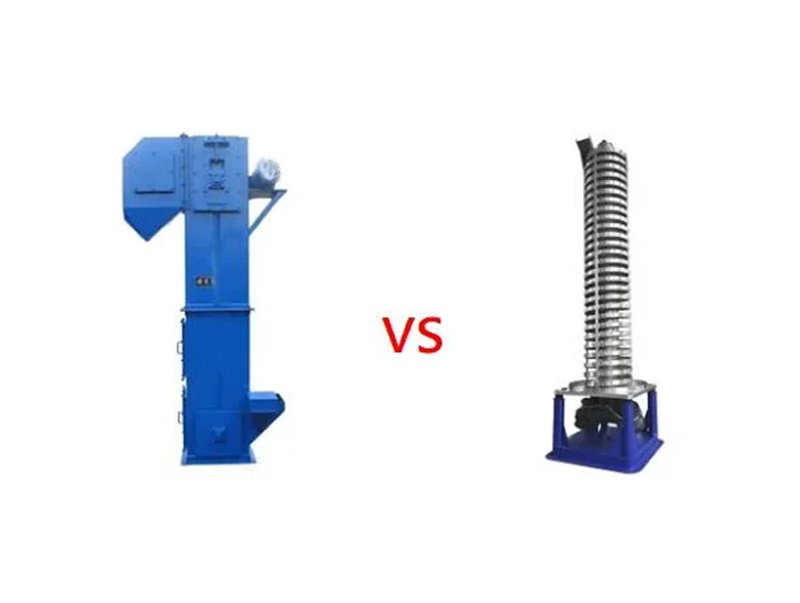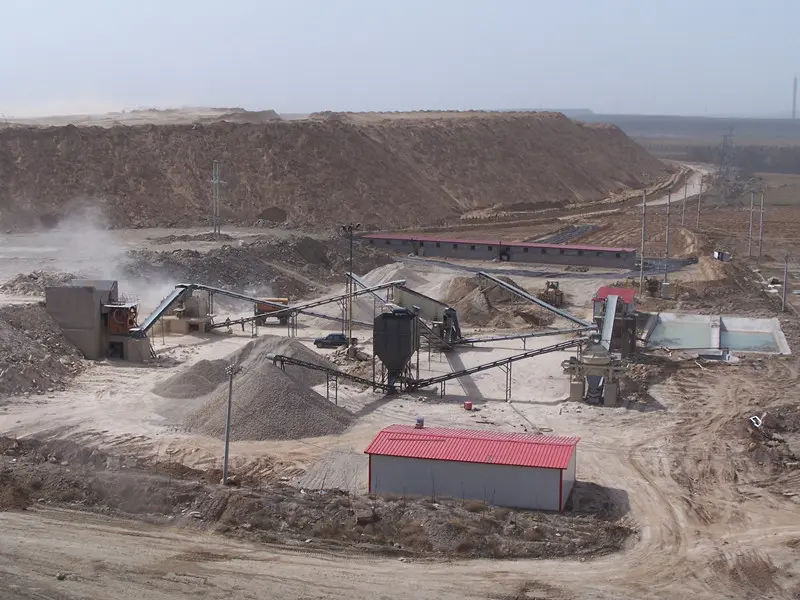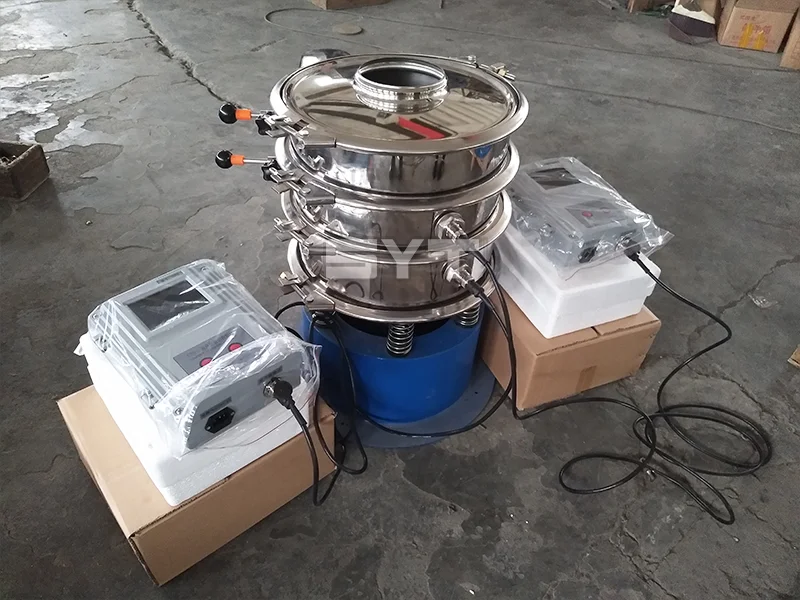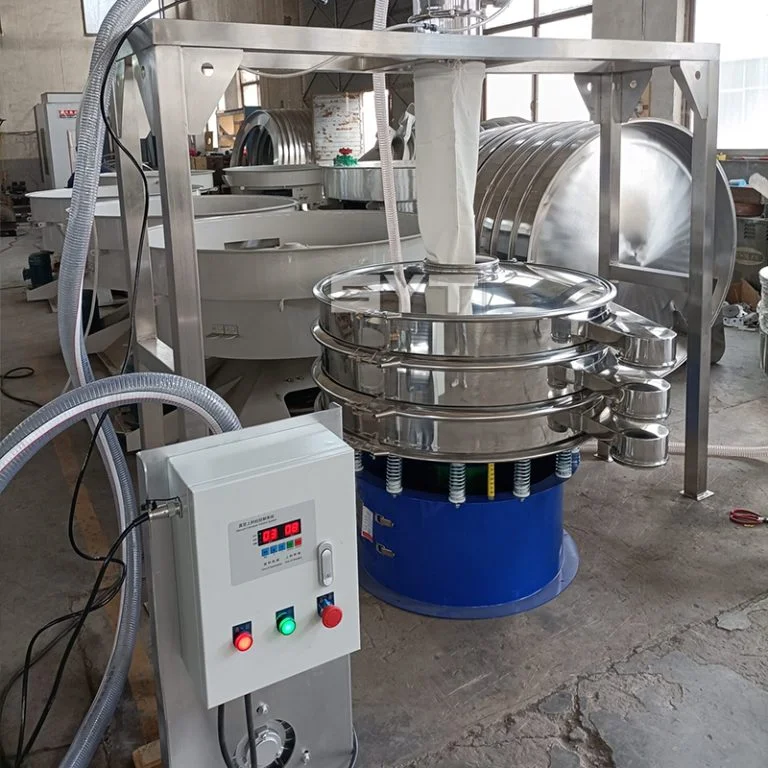In industries such as food processing, chemical engineering, and pharmaceuticals, where particle screening is required, the vibrating sifter machine is an important and commonly used screening device.With the industry’s increasing demand for precise screening of small powder particles, San Yuantang Machinery has upgraded the traditional vibro sifter.The ultrasonic vibro sifter is an upgraded version of the traditional vibrating sifter machine, incorporating an ultrasonic system into the traditional vibration sifter. With its unique operating principle, it has become a leading choice in the industry for screening fine particles in powder grinding.
Before exploring the ultrasonic vibro sifter advantages and disadvantages, it is essential to first understand its working principle and application scope to gain a clearer understanding of sifter advantages and disadvantages.
Ultrasonic Vibro Sifter Working Principle
The ultrasonic vibro sifter is a high-efficiency screening device that combines the traditional vibrating sifter with an ultrasonic screening systems. Traditional vibro sifters primarily rely on physical vibration to achieve material screening. The ultrasonic vibrating screen, however, incorporates an ultrasonic generator on the screening surface of the traditional vibrating sifter. The generator emits high-frequency ultrasonic waves to the screen mesh, causing it to produce micron-level micro-vibrations while undergoing normal mechanical vibration on the screen body. The material on the screen undergoes low-frequency three-dimensional vibration combined with ultrasonic vibration, effectively preventing screen blockage while enhancing screening output and precision. This addresses screening challenges such as strong adhesion, tendency to agglomerate, high static electricity, high fineness, high density, and low specific gravity.
Understanding the working principle of the vibro sifter is the first step in selecting the appropriate equipment. Whether dealing with fine powders, sticky materials, or high-density particles, its working principle determines its adaptability to different scenarios.
After understanding its working principle, let’s now explore its advantages and disadvantages.
advantages for Ultrasonic vibro sifter
When comparing the sifter advantages and disadvantages of different types , ultrasonic vibro sifters demonstrate clear advantages in several areas:
- Higher screening accuracy and greater efficiency: Traditional vibrating sifters often fail to fully separate materials due to screen clogging. However, the ultrasonic system of the ultrasonic vibro sifter causes material particles on the screen surface to undergo “micro-bouncing,” preventing material adhesion or embedding in the screen mesh that leads to clogging. This not only improves screening accuracy but also increases screening efficiency by 2-3 times compared to ordinary vibro sifters.
- Wider range of applicable materials: Ultrasonic vibro sifters offer greater flexibility, capable of processing materials that are difficult to screen with traditional vibrating sifters, such as:
Fine and ultra-fine powders: e.g., cement, talcum powder, pharmaceutical powders;
Sticky materials: e.g., starch, latex, food additives;
High-density or high-static materials: e.g., metal powders, plastic pellets.
This advantage makes it widely used in industries such as pharmaceuticals, food, chemicals, and new materials. - Lower material loss and better product quality: Due to its uniform and gentle vibration, the ultrasonic vibrating screen reduces collisions and friction between materials during screening, thereby lowering material loss. Additionally, the reduction in screen clogging prevents unqualified particles from entering the finished product, ensuring the stability of product quality.
- Longer screen life: Ultrasonic micro-vibration reduces the pressure on the screen mesh from materials, preventing excessive stretching or damage to the screen mesh due to prolonged heavy loads. Compared to traditional vibro sifters, the screen mesh replacement cycle for ultrasonic models is extended by 2-3 times, reducing maintenance costs and downtime for businesses.
Disadvantages of Vibro Sifter
Understanding the disadvantages of ultrasonic-assisted systems is crucial for making informed decisions.
- Higher initial investment: Due to the addition of a generator and converter, ultrasonic vibrating screens are more expensive than standard models.
- System complexity: The system has more components such as generators, transducers, and rings, which require maintenance and may pose a risk of failure.
- More complex screen replacement: Replacing the screen requires careful handling of the ultrasonic ring and transducer connections.
- Not necessary in some applications: For coarse screening or materials that are less prone to clogging, standard vibrating screens are sufficient and more cost-effective.
You must weigh the advantages and disadvantages of the sifter based on your specific needs.
Conclusion:
Ultimately, whether it is an ultrasonic vibro sifter or a vibro sifter, the key is to ensure that the equipment performance aligns with actual production requirements. For fine powder screening, an ultrasonic vibro sifter can significantly improve efficiency; however, for general coarse-particle material screening, a standard vibrating sifter machine may be more economical. Understanding the sifter advantages and disadvantages and the working principle of vibro sifters is the foundation for making an informed decision.
If you are still unsure about how to choose, feel free to contact us now. We will provide you with a customized solution tailored to your specific needs.
